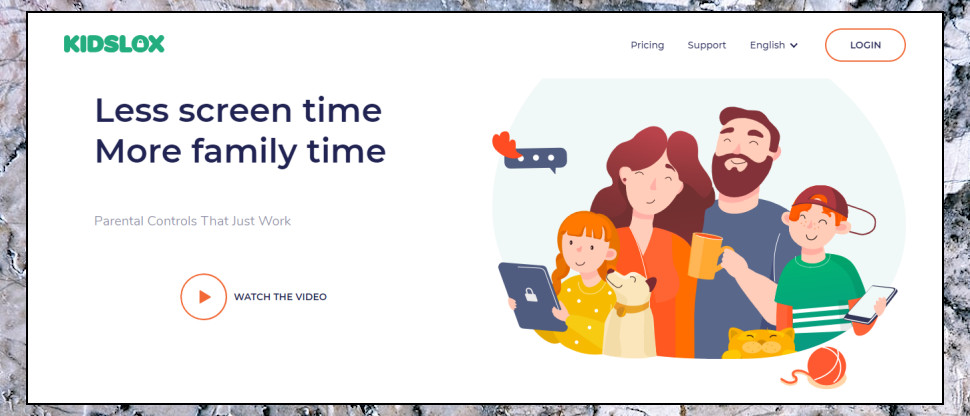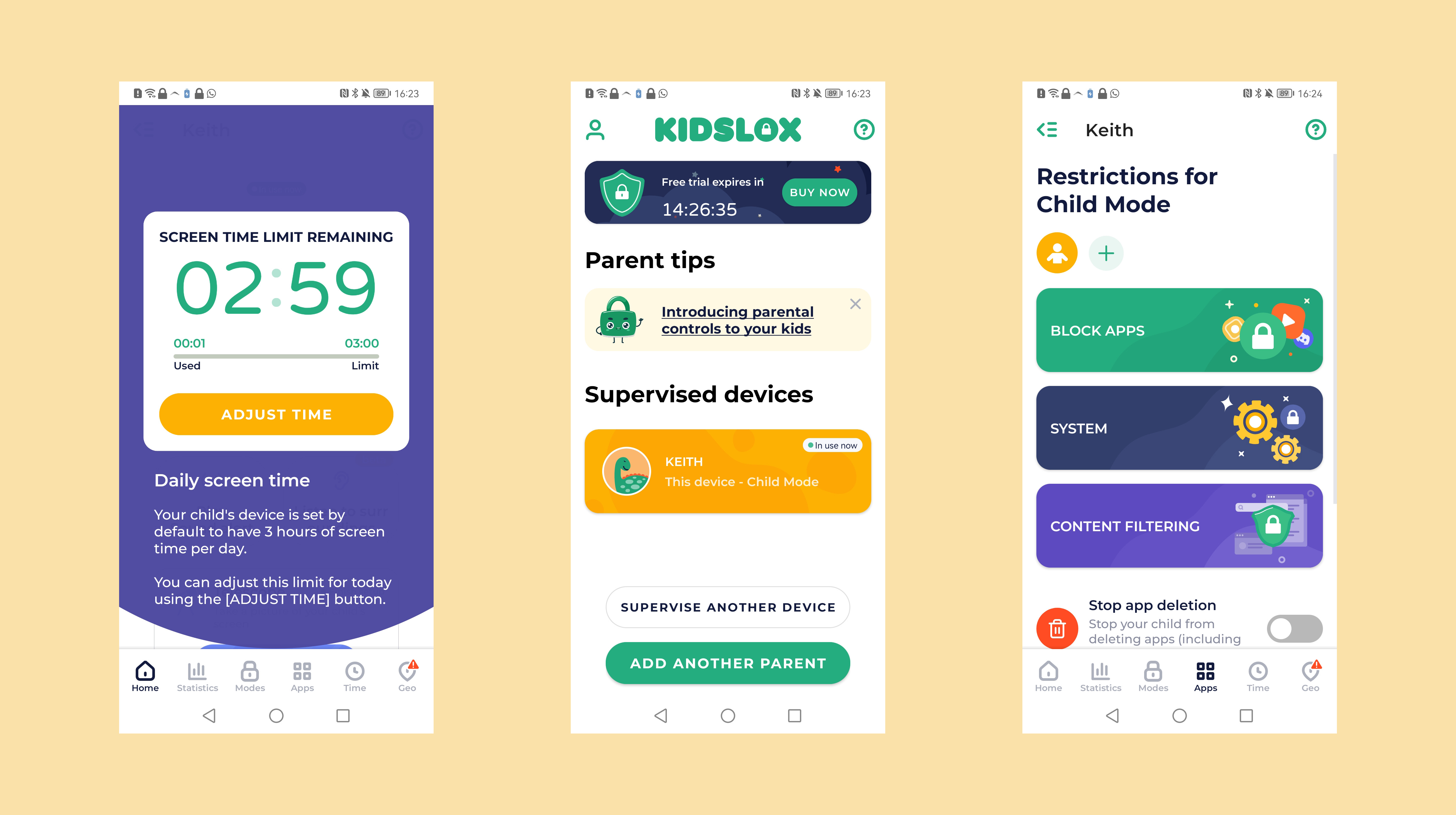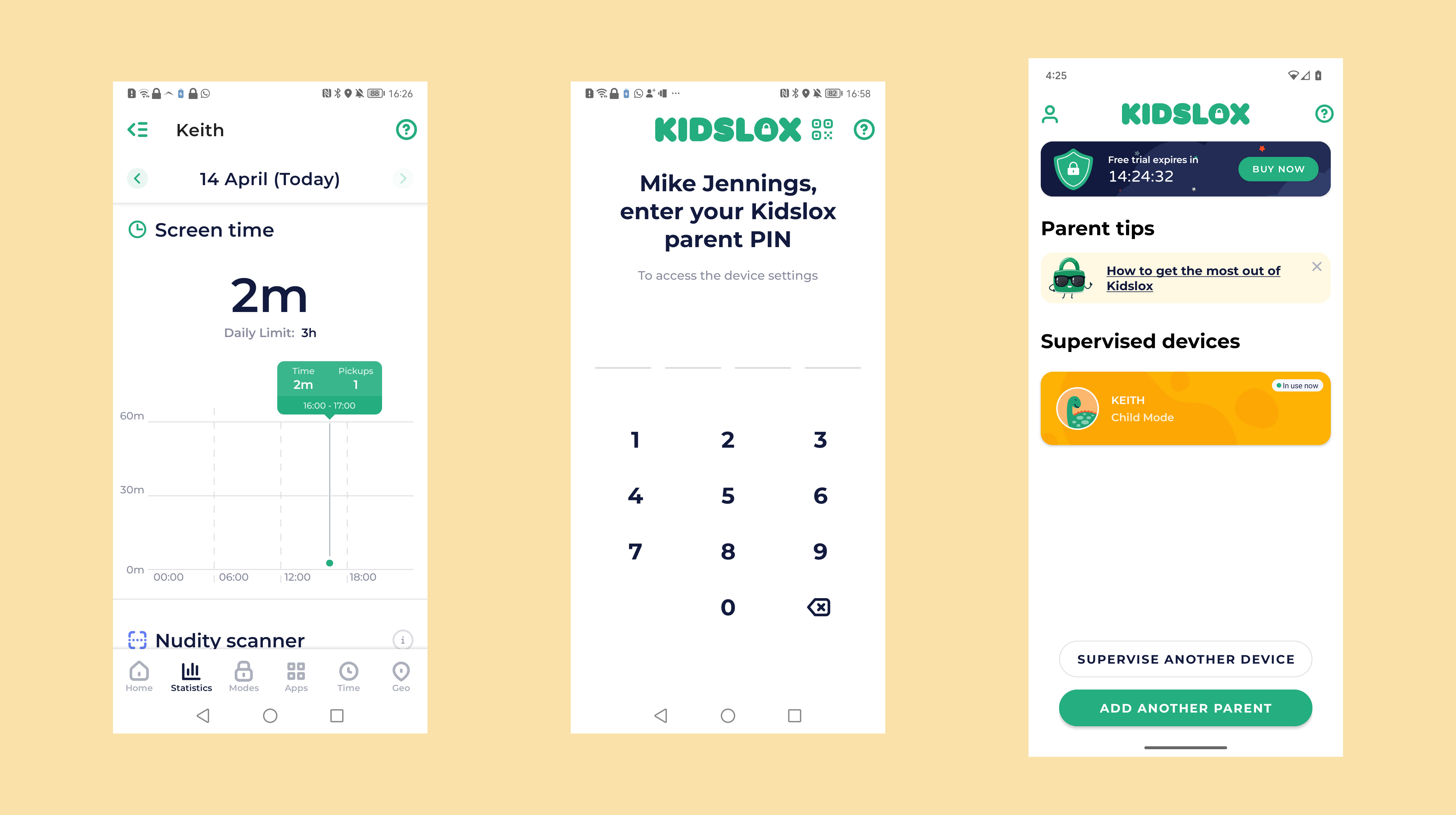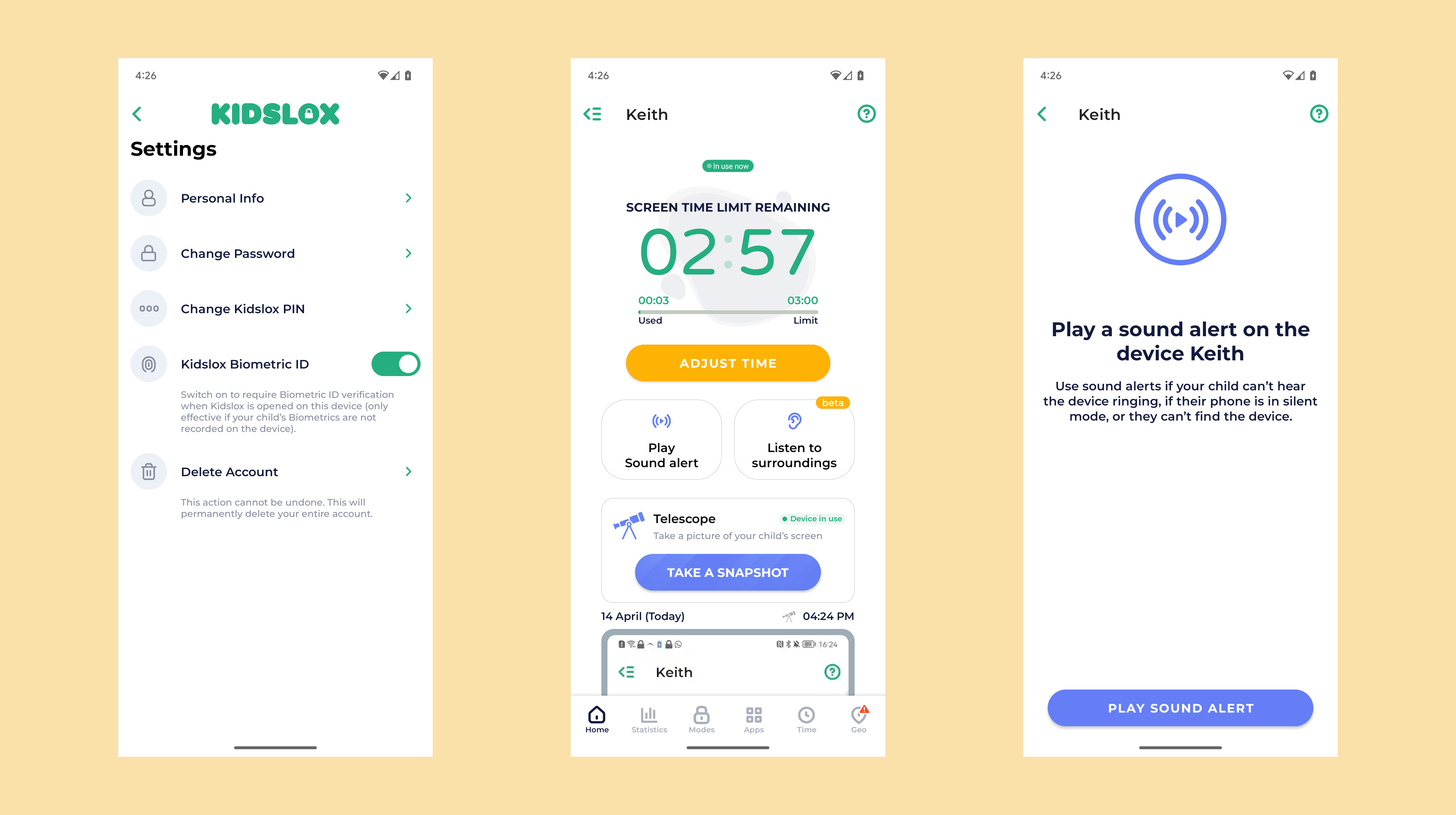
All of the best parental control apps focus on different features and take their own approach to protecting children – and for Kidslox, that means a significant concentration on location services.
Using this app, you’ll be able to see your kids’ locations, track their location history, and even view the routes they’ve taken. And beyond that, Kidslox offers screen time schedules, web filtering and app blocking.
On paper, then, that’s a solid selection of features, but can Kidslox compete with big names like Qustodio, OurPact and other strong competitors?
- We've also featured the best parental control software
Plans and pricing
Kidslox is available in two pricing tiers: Basic and Family. The Basic package costs $3.09/£2.39 per month if paid annually, and the Family option is $4.64/£3.59 per month with the same year-long deal.
As the name suggests, the Basic package is more limited – it works with one device, while you get support for ten on the Family option.
And while you get web filtering, location tracking, screen time limits, and app blocking using both pricing models, if you opt for the Basic service, you miss out on more advanced location abilities, alongside more innovative settings like remote screen view.
Features
Kidslox has one of the best location-tracking modules we’ve seen on any parental control app. As well as providing real-time tracking so you can see your child’s location on your map, you can view their location history over the past seven days – so you can see routes, where they stopped, and for how long.
Geofencing is supported with instant alerting when your child arrives or leaves your designated zones. The geofencing radius of 1,000 metres is generous, and you can easily edit zones you’ve already created.
By default, Kidslox sets a two-hour device limit on weekdays and a three-hour limit on weekends. Users can customize these limits as needed, with scheduling available for every day of the week. The limits are easy to adjust, and children can request more screen time directly from within their version of the app.
Screen time is even lightly gamified in Kidslox: parents can assign children chores and reward them with more time if they’re completed.

Elsewhere, Kidslox offers bedtime lock scheduling, prevents notifications during nighttime hours, and the app supports up to five different screen time schedules.
The parent app offers easy options for locking apps immediately, and parents can also create a list of allowed apps for permanent access – a handy feature for educational software. Parents can also lock the device entirely if needed.
Web content is filtered through a blocklist with over four million URLs, and parents can easily add more sites to the list. Internet access can be locked entirely if needed, and children are not allowed to disable the safe search settings built into browsers like Bing and Google.
Kidslox also allows parents to see browsing histories and app usage – with the latter only available on Android. If the children’s device uses Android, parents can take a screenshot at any time and receive reports with periodic screenshots of the device.
This is a good range of features, but it’s worth taking a deeper dive into what features are only available in the Family version of the app.

You only get alerts for inappropriate searches, nudity, new app installations and locations in the more expensive package, for instance. You’ll need to pay for the Family package to get the gamified time rewards, location histories, and the option to view your child’s search, YouTube and TikTok activity. That handy remote screen view option is only included in the pricier version, too.
It’s also worth noting what features are not available in either of the Kidslox pricing tiers. You can’t block websites by category or type – unlike other apps, which offer dozens of options. Instead, you’re limited to using the full Kidslox block list and adding your own sites individually.
Other apps keep data for longer – some of Kidslox’s histories are only available for seven days – and this app does not monitor text messages, calls or social media apps.
It would have been useful if differing screen time limits could be set for different apps. Additionally, there is no keylogging functionality available with this app.

Interface and in-use
This is one area where Kidslox excels. Download the app from Google Play or the App Store, use a handy code to pair it with the child app on the kids’ phones, give the app the necessary permissions, and you’re good to go.
GIFs during the setup process show you precisely what to do, which makes installation even easier.
Once that’s done, the impressive design continues. As well as being visually attractive, it’s very easy to use, with features laid out sensibly in a straightforward and intuitive layout.
Statistics are displayed clearly, too, and it’s very easy to see what changes you’re making. The same goes for the child’s app, too – everything is simple to understand.
Support
This is another area where Kidslox performs well. Its knowledge base and FAQ section are comprehensive and an excellent starting point for solving most problems. There are also videos available for solving various common issues.
Support is accessed by emailing Kidslox, and it’s also possible to fill out a web form and attach files if you prefer that approach.
Customer feedback indicates that Kidslox email support is highly responsive, too, with responses within a matter of hours.
There’s no live chat or phone support, though, so you’ll need to explore apps like Qustodio if you’d like that level of access. That said, at the time of writing, a message within the app was asking parents if they’d prefer to use phone support as it’s an option that Kidslox is considering – so that feature may be added in the future.
The competition
Bark is better than Kidslox when it comes to social media monitoring – indeed, Bark is one of the best options on the market for monitoring those kinds of apps.
And if you want to see how long your children have spent on specific websites, then you should investigate Qustodio.
Kidslox, though, competes well with its location abilities, it’s reasonable in other areas, and it’s easy to use. And it’s also a little cheaper than both of its rivals: the Family package is over $40 cheaper than Bark’s annual Premium plan, and Qustodio is pricier as well.
Final verdict
Kidslox is very strong when it comes to location features, and its monitoring, reporting and screen time abilities are all impressive – we like the option to reward your children for completing chores.
When it comes to web filtering and monitoring social media, calls and texts, though, Kidslox is weaker. It would be better if web filtering had categories. Beyond its screenshot abilities, this app can’t monitor social apps, calls, or texts at all. And the Basic package is just that – it misses out on many of the features that justify buying Kidslox in the first place.
It’s easy to set up and use, though, it’s strong when it comes to location abilities, and it’s cheaper than the competition. Kidslox is not ideal if you need to monitor social media or if you want better filtering, but for affordable location-based tracking, it’s good.







